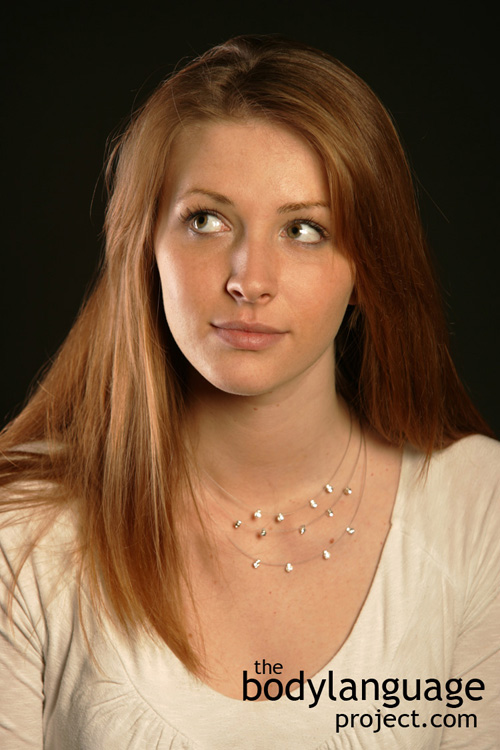Matching speech patterns is an effective way to build rapport and create flow and it includes changing dialect, speech rate or tempo, pitch, tonality, voice inflection, use of words and even accent. This is what is called the “communication accommodation theory” and it has been heavily researched. It also forms a part of neurolinguistic programming (NLP) which was covered previously. The theory’s main proposition is that during interactions, people modify their communication behaviour and patterns to more closely resemble the person with which they are trying to gain the most from. Gains in this context can include social approval, employment, or to build friendships and rapport. NLP also goes much deeper than just mirroring speech patterns to include mirroring other facets of a person’s traits.
The theory says that people can also differentiate their speech patterns so as to appear more dissimilar, and thereby create division in personalities or ideas. As is the case with all forms of mirroring, similarities attract. Whereas a significant portion of mirroring involves body positions, verbal mirroring can also be potent. Accents are immediately recognized and when they appear they immediately conjure thoughts of dissimilarity. Mirroring language patterns is a good way to quickly reduce differences and show a willingness to interact positively. Mirroring in language can include matching humour type, frequency and style. If speech is free of humour, than to connect with that person, dropping humour altogether would be advantageous, but if they lace personal humour or self deprecating humour then using a few jokes yourself can help build a connection. Similarly, matching analogy use, the use of questions, matching chattiness or matter of factness of the conversation, use of hand gestures, eye contact and even sentence structure can build rapport quickly. Far from being a copy-cat game, it’s a subtle matching of the speech patterns preferable to your counterpart and adopting them yourself. Even if we don’t consciously use this technique to build rapport, subconsciously we do it anyway, especially if we like the person. Effective use of NLP can build comfort, relaxation and create familiarity. Perfected, the technique will create instant friendships and lifelong bonds. At worst, its use will lead to a lowering of barriers between people and a greater likelihood of being welcomed.
When two people match speech patterns exactly or nearly, we can this “pacing.” Conversation will appear to flow uninterrupted and information will be shared backwards and forwards between the two people. Pacing can include more than just verbal actions. Regulators such as head nods, gestures and micro movements call all work together to create a rhythm. Speed of speech is one important factor to maintain. Speaking too quickly can put pressure on people as they will feel that it is difficult to properly express their views and opinions. Anyone who’s conducted an important interview over the phone with a broken connection with someone they’ve never meet in person knows how hard it is to maintain pacing. The pauses created by the poor connection leads people to jump in to speak despite the fact that the other person hasn’t yet reaching their conclusion. This creates a choppy, disjointed, cumbersome, and even painful conversation. Twins and family members are best at pacing, as are close friends. Rapport is when closeness is developed making people more alike in their thought process, than different. Speech matching is a technique that recognizes the differences in communication styles between people, but rather than dwelling on these differences, forces people to accept and even incorporate these traits into their own speech to quickly build rapport with others.
High order NLP in speech and rapport requires much more attention than this book can ever give it, so this brief summary was only meant as a primer for future research. If this kind of technique fascinates you, I highly recommend reading further, it is a very illuminating area of study.



